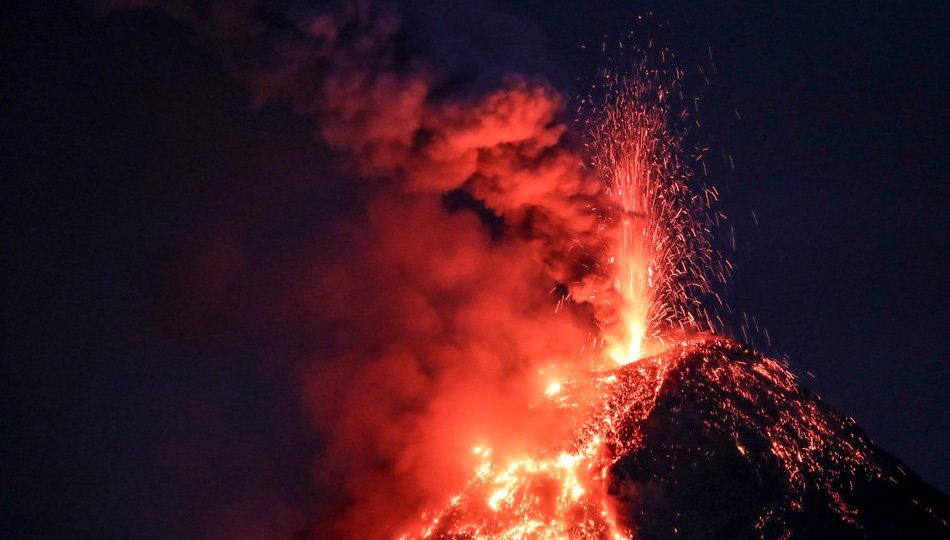Mayon Volcano in Albay province has recently witnessed a significant increase in the occurrence of fast-moving volcanic flows, according to the Philippine Institute of Volcanology and Seismology (PHIVOLCS).
In their latest volcano advisory on Monday, PHIVOLCS reported a substantial surge in the number of pyroclastic density currents (PDCs), with a total of 33 recorded, compared to only four on Saturday.
These PDCs, which pose a grave threat due to their composition of ash, rocks, and gases, traversed a distance of 3.3 km down the slope from the summit crater in durations ranging from one to four minutes, Phivolcs stated.
In addition to the increase in PDC activity, PHIVOLCS observed a decrease in sulfur dioxide emissions, which averaged 943 metric tons per day on Sunday compared to the previously recorded 1,145 metric tons per day on Saturday.
The seismic activity around Mayon Volcano also intensified, with the number of volcanic earthquakes escalating from 26 on Saturday to 109 on Sunday. However, the overall release of seismic energy has remained relatively consistent since June 15.
Mayon Volcano remains under alert level 3, indicating an escalated likelihood of a hazardous eruption, since its elevation on June 8. In light of the recent developments, PHIVOLCS strongly advises that individuals within the 6-km-radius permanent danger zone (PDZ) continue to evacuate, while communities within the 7- and 8-km-radius should prepare for the possibility of worsening PDC activity.
As of Monday, approximately 5,765 families (equivalent to 20,148 people) residing within the PDZ have been relocated to various evacuation facilities in the towns of Malilipot, Sto. Domingo, Daraga, Camalig, and Guinobatan, as well as the cities of Tabaco and Ligao.
Last week, the Mayon Volcano Network recorded one lava collapse PDC that produced a 300-meter-high light-brown ash cloud, along with 303 rockfall events and eight volcanic earthquakes.
The agency emphasized the importance of maintaining the evacuation of the six-kilometer radius PDZ as this area may be susceptible to potential PDCs, lava flows, rockfalls, and other volcanic hazards.
PHIVOLCS also urged the public to remain vigilant against PDCs, lahars, and sediment-laden streamflows along channels draining from the volcano, as heavy rainfall can trigger their occurrence.
Furthermore, flying close to the summit of the volcano is hazardous due to potential ash from sudden eruptions. PHIVOLCS noted that based on the prevailing wind patterns, ashfall events are most likely to occur on the south side of the volcano.




